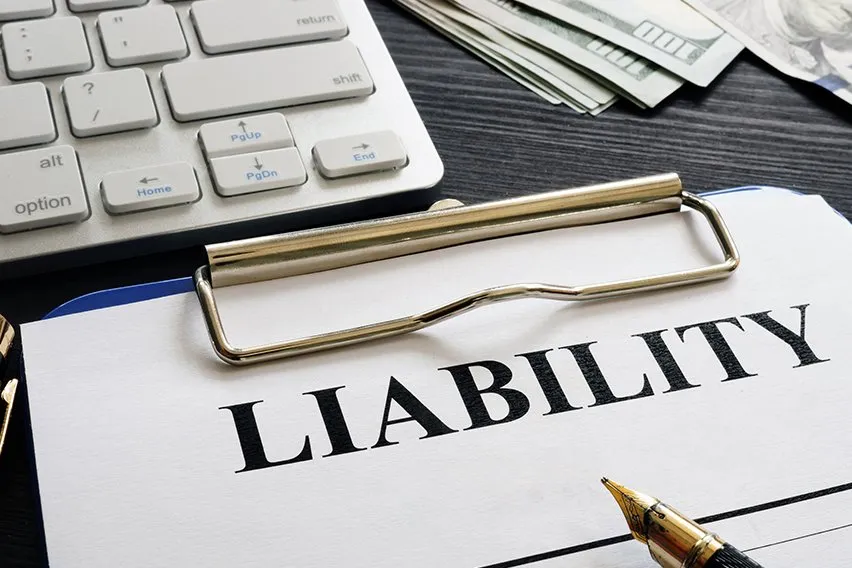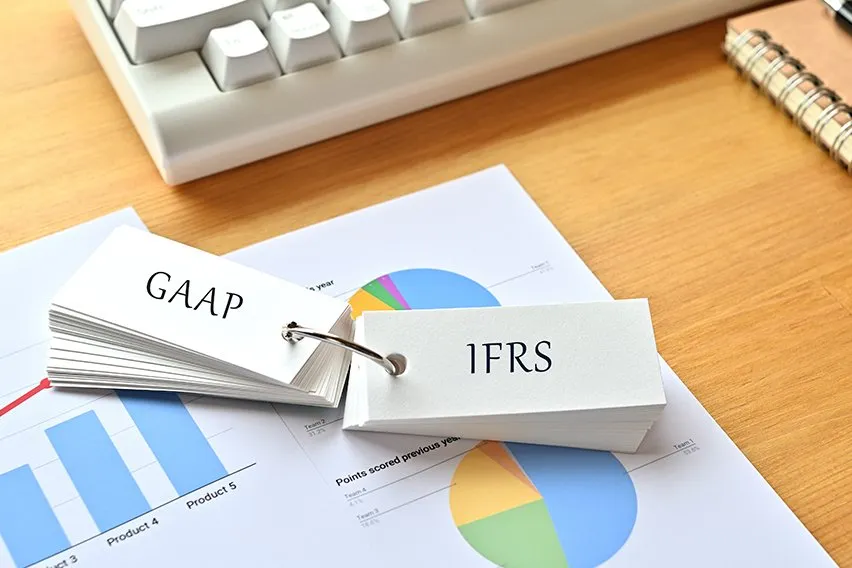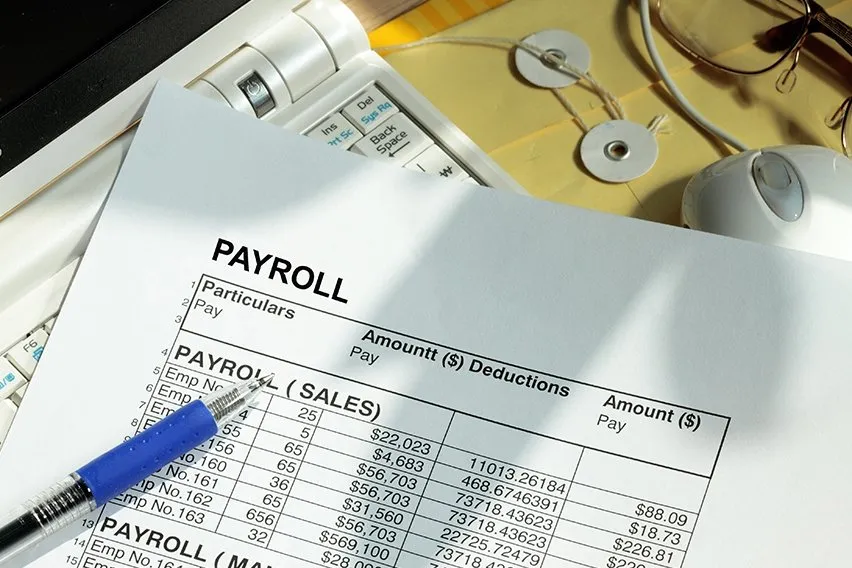A Guide to Break-Even Analysis & How to Calculate It

Break-even analysis is a technique used to determine the point where total revenue equals total cost. This point is called the break-even point. It can be calculated using what we call “break-even formulas.” Break-even analysis is important for businesses. It helps them understand how much they need to sell in order to cover their costs. It also enables them to make decisions about pricing strategy, production, and more. All these factors can affect profit margins.
This article will discuss break-even analysis. You’ll learn what it is, why it’s important and much more.
Here’s What We’ll Cover:
How Can Businesses Use Break-Even Point for Profit Planning?
What are the Limitations of Break-Even Point?
What is a Good Margin of Safety Related to Break-Even Point?
How is Break-Even Point Related to Different Business Types?
What is Break-Even Analysis?
It’s a form of financial analysis. For a business to be profitable, it has to cover its direct costs. Every company has fixed and variable costs. Fixed operating expenses are costs that stay the same. This is true no matter how many products or services are produced or sold. Variable operating expenses increase when more units are added. This happens even if the company is not selling any additional products or services. The total operating costs are referred to as the break-even point.
The break-even point is reached when revenue equals cost. When this happens, there are no profits or losses. There is also no impact on cash flow. This occurs at the exact middle of a graph. It’s at the point where total expenses and total revenue intersect. A business must make enough sales dollars to cover its costs. This is when it maintains a zero profit or results in a loss.

The break-even point for a specific product is determined by dividing the cost of producing it by the price you get if you sell it.
The break-even formula tells you how many units must be sold to cover operating expenses. If a business produces and sells less than the break-even point, it will lose money. If it sells more units, it will make a profit. By knowing the break-even point, you can work out how much to charge for your goods and services. This is important for profit margin.
Break-even Calculations
Here is a general formula for calculating break-even point:
Break-Even Point = 1 = (Fixed Costs/Unit Price) * # units sold
Solving the formula for different variable quantities gives you various break-even points. Note that the formula only works if total fixed costs are known. If variable costs are included, you have to use a different equation for calculating the break-even point. Note that as each variable changes, this will affect the values of the other variables.
As a break-even analysis example, if you cut your selling price per unit in half, you’ll need to sell an additional unit to achieve your breaking point.
How Can Businesses Use Break-Even Point for Profit Planning?
If you have a new business idea, break-even analysis can be important for a business plan. When a business has more fixed costs than variable costs, it is called “under-determined.” This means that the selling price and the break-even point are related. For example, if you add $100 to your cost per unit, your break-even point will increase by $100 per unit as well. A small change in costs of production can lead to big impacts on the break-even point. When this happens, you can use “break-even analysis” to determine whether any changes are possible. For example, if you wanted to change your prices, you could do so using break-even analysis. This would ensure that profits remain stable or increase.
Businesses can use break-even analysis to change sales prices. They can also use it to decide if the sales team should increase sales volume. This information is used to adjust the production schedule and maintain cost-effectiveness.
What are the Limitations of Break-Even Point?
Every company has its own break-even point. The same is true for each department within that business. Furthermore, the results of break-even analysis are based on estimates and educated guesses. This makes it difficult to use this method for planning. This is especially true for projects involving large amounts of risk or uncertain market conditions. That’s because you can’t guarantee what will actually happen in the future. Break-even point analysis is best used for short-term goals and to provide a general guide. It’s used to estimate profitability over the short term, not long-term costs or benefits.
What is a Good Margin of Safety Related to Break-Even Point?
Break-even analysis doesn’t account for risk. For example, it assumes that sell prices will not change in the future. This is not realistic as market conditions can impact an item’s price. To calculate this, you use a margin of safety. The number required varies depending on your business type and industry. It also depends on the level of risk you’re willing to assume.
A larger margin of safety indicates that you can handle unexpected challenges and still make a profit. You may need to experiment with different numbers using break-even analysis before determining an accurate one for your company.

How is Break-Even Point Related to Different Business Types?
In order to attract investors, it’s important for businesses to highlight their potential for profitability and growth. For example, a business may need to show that it can easily grow into a larger, more profitable operation. Break-even analysis is useful here. It shows how changes in sales will affect profits or losses. It highlights areas where there may be flexibility. It also highlights factors such as competition, market conditions and the differences between private and public companies.
Key Takeaways
Break-even point is a term that refers to the amount of sales revenue generated by a business in order for it not to incur any profit or loss. This occurs when total expenses equal total revenues.
In this guide you learned what break-even analysis is. It also discussed how it can be used to determine if changes need to be made. Fixed costs have been shown through research studies to be more important than variable costs when considering break-even points. They will affect break-even points regardless of whether prices change or production rates vary. You also learned about some limitations with using break-even point analysis. These include that each company has their own unique variables to consider.
Hopefully this article answers all your questions related to break-even point analysis. Find more articles like this on Resource Hub.
RELATED ARTICLES


 What Are the Different Types of Liabilities in Accounting?
What Are the Different Types of Liabilities in Accounting? GAAP Vs IFRS: What’s the Difference?
GAAP Vs IFRS: What’s the Difference? A Guide to Double Declining Balance Depreciation Method
A Guide to Double Declining Balance Depreciation Method What Is Corporate Accounting? Everything You Need to Know
What Is Corporate Accounting? Everything You Need to Know What Are Payroll Liabilities? Definition, Types & How to Track
What Are Payroll Liabilities? Definition, Types & How to Track Fiscal Year-End Accounting: Checklist for Business Owner’s
Fiscal Year-End Accounting: Checklist for Business Owner’s